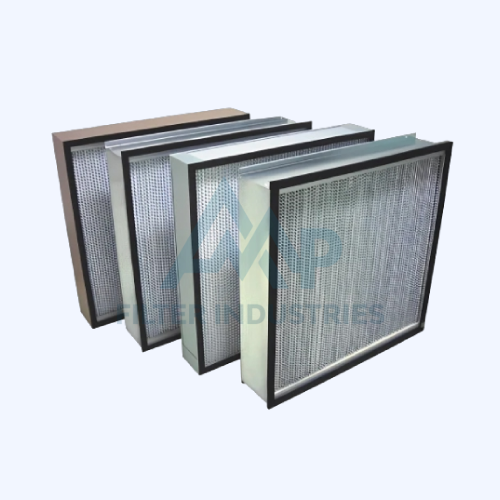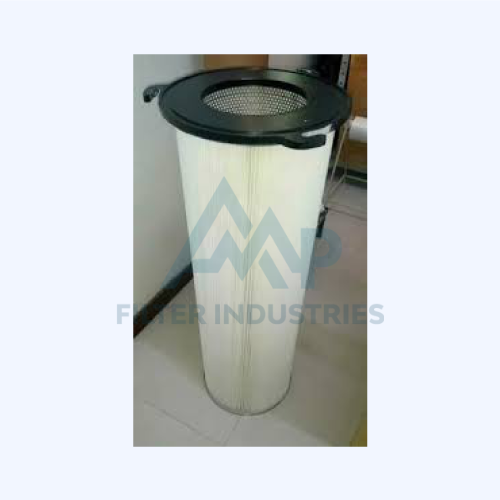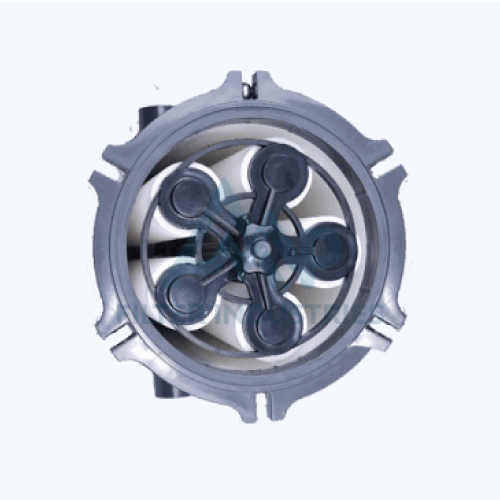| Construction |
| Made from a dense mat of randomly arranged fibers that capture airborne particles. |
| Must meet specific performance standards to be classified as HEPA, including capturing 99.97% of particles as small as 0.3 microns. |
Hepa Filter
Hepa Filter
HEPA Filters
HEPA (High-Efficiency Particulate Air) filters are designed to provide the highest level of air filtration. They are used in environments where air purity is critical, such as in clean rooms, hospitals, and specialized industrial processes.
| Efficiency |
| Particle Retention: Extremely high efficiency, capturing nearly all particles down to 0.3 microns, including dust, pollen, smoke, and microorganisms. |
| Micron Rating: Effective against particles as small as 0.3 microns. |
| Applications |
| Used in clean rooms, operating rooms, laboratories, and high-tech manufacturing environments where air quality needs to be controlled to the highest standards. |
| Also used in high-end residential air purifiers and specialized industrial applications |
| Maintenance |
| Generally replaced every 1-3 years, depending on the application and operating conditions. |
| Regular maintenance is required to ensure that the filter remains effective and does not become clogged. |
| HEPA Filters |
| High-efficiency filters that capture 99.97% of particles as small as 0.3 microns, used in environments requiring the highest levels of air purity. |
| Summary |
| Each type of filter serves different needs and applications based on the level of air quality required and the specific environmental conditions |





